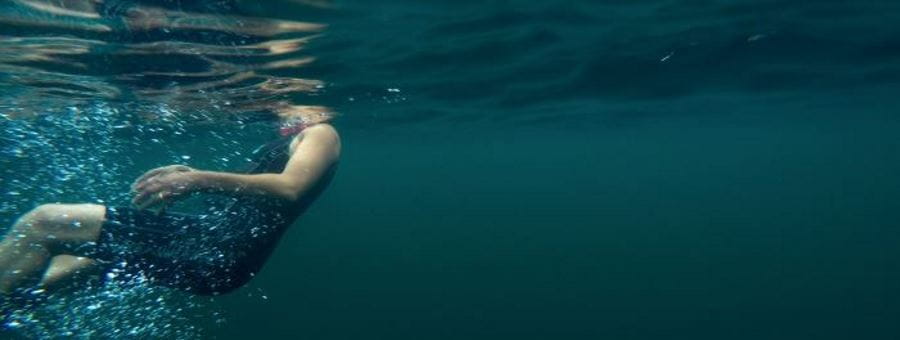
It’s easy to assume that drowning is only a major risk in summer, when we spend a lot of time in and around the water. However, statistics show that around half of all fatal drownings in WA happen in the cooler months of autumn and winter.
Accidental falls into rivers, creeks and streams are one of the leading causes of Australian drowning deaths – and this is not an issue limited to the summer months. In winter, the risks are increased due to the extreme effects of cold water on the body and its ability to function. When recreating around water, remember to observe and follow safety signs. When boating, wear a lifejacket, don't go out alone, avoid alcohol and learn lifesaving skills.
When someone falls into cold water the risk of drowning is heightened for several reasons. The shock of the cold water on the body can almost paralyse us, and can cause involuntary inhalation – which, if underwater, can result in drowning. The cold water can also cause vasoconstriction, which can lead to heart attack or even cardiac arrest.
The other main risk is the development of hypothermia from prolonged exposure to the cold water. This can be delayed by using the H.E.L.P. position – Heat-Escape-Lessening-Position – which aims to delay heat loss by protecting the areas that lose heat most quickly. Draw your knees towards your chest, keeping your legs together. Press both arms on your sides and keep your head out of the water.
The cooling rate of a person’s core temperature will depend on factors such as body size, mass and amount of body fat. When a group of several victims are in cold water, the group should try to prioritise protecting the smallest and leanest individuals by helping them raise as much of their bodies out of the water as possible. Similarly, when a group of hypothermia victims are rescued, the smallest and leanest patients should be evaluated first because they are likely to have the greatest degree of hypothermia.
So how can you best help a person who is drowning in cold water?
Here are a few steps you should take when it comes to performing a cold water rescue.
- The key factor in a rescue is self-preservation. Always take care of your own safety and don’t put yourself in danger.
- Shout for assistance and phone emergency services on 000.
- Talk to the person you are rescuing, reassure them and signal for assistance.
- Try to reach them from the land by lying chest down on the ground, reach out with a solid object such as a branch, post or umbrella.
- Throw a buoyant aid such as a lifejacket or a rescue ring.
- If you do need to enter the water use a PFD (personal flotation device) where possible.
Learn more about rescue safety at the link below.
